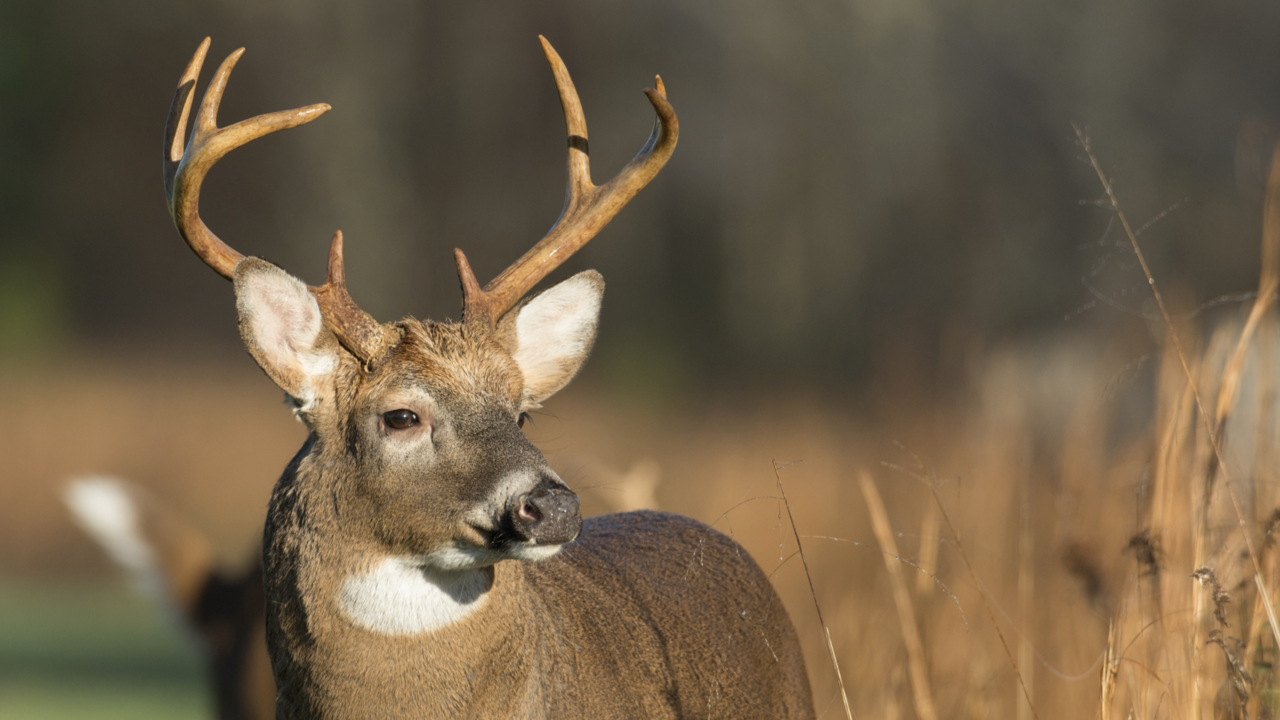Extension for Real Life
Critter of the Month: White-Tailed Deer

Screen Shot 2021-09-30 at 4.23.59 PM.png
The white-tailed deer is one of the most popular game species in Mississippi. We have over 2 million white-tailed deer in the state, and we rank second behind Texas for the densest population of deer in the nation.
White-tailed deer are named for the white fur on the underside of their tails, which they flash when they need to signal danger to other deer. They also have white hair on their bellies and throats. Males, better known as bucks, are larger than females and generally weigh around 150 pounds. Males grow antlers each spring and shed them by the end of breeding season.
Baby deer, referred to as fawns, are born late spring to early summer with white spots on their fur. Fawns stay with their mothers for the first year of life before venturing off on their own. Fawns can sometimes be found without their mother nearby, but there’s no need to panic or try to rescue them. The mother is likely out looking for food and will return to her baby soon. Remember: It’s never a good idea to touch a fawn!
Chronic wasting disease (CWD) is a hot topic among deer hunters in the state. CWD is a neurological disease that is fatal to an infected deer and can be easily spread among an entire herd of deer. Symptoms of CWD are often abnormal behavior and weight loss. At this time, there is no evidence it can be spread to humans. Extension Publication 3199, “What You Need to Know About Chronic Wasting Disease in Mississippi Deer,” can help you learn more about this disease. The Mississippi Department of Wildlife, Fisheries, and Parks also has information available for hunters on sample collection and testing.
Authors
-
 Marketing & Communication Coor
Marketing & Communication Coor- Agricultural Communications